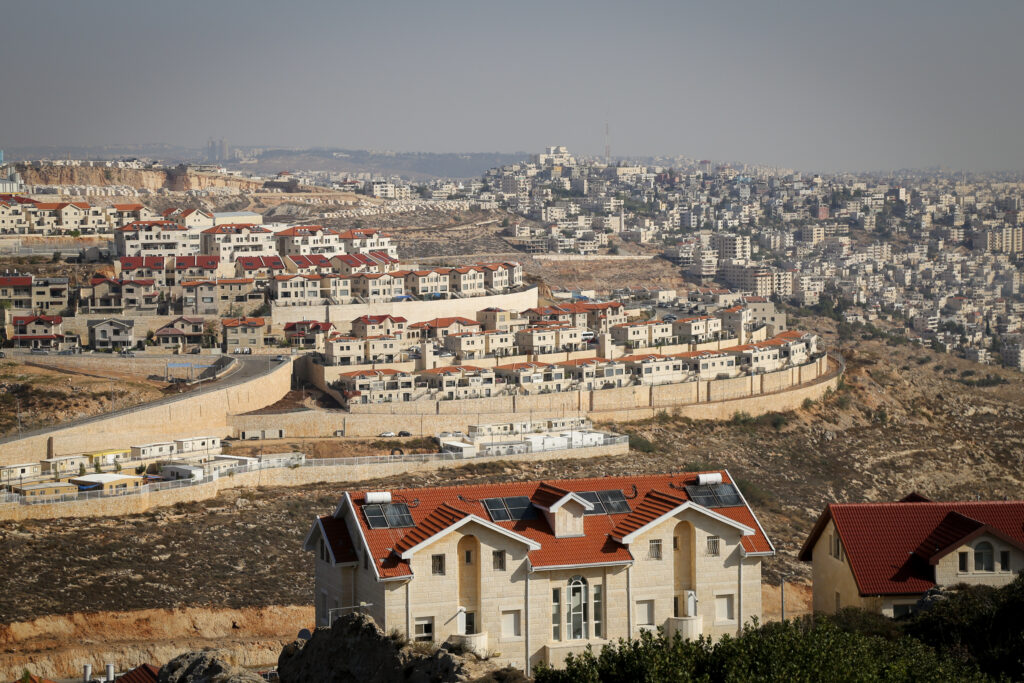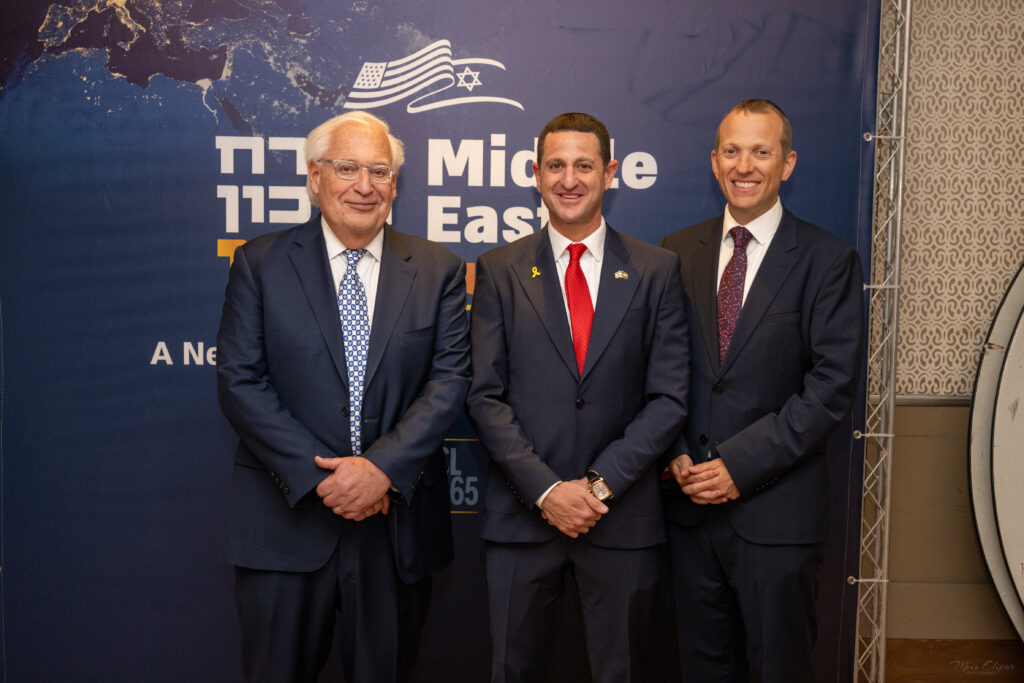
The Mainstreaming of the Movement for Judea & Samaria
When Theodore Herzl organized the first World Zionist Congress in 1897, he insisted upon pomp and circumstance. Herzl made sure that delegates wore tuxedos and top hats and found the fanciest venue in Basel to house his conference. It was critically important to demonstrate to his fellow Jews, and the world, the gravity of the movement he was establishing.
Over the years, I have attended a number of enthusiastic events in support of Judea & Samaria. Most of the time, they usually take place in shabby Israeli conference halls or at public parks in Gush Etzion. While the passion is palpable, the seriousness of the issue is not. That’s why this past Sunday’s Middle East Summit, hosted by MK Ohad Tal and Israel365 at Jerusalem’s luxurious Waldorf-Astoria hotel, represents a pivotal moment. The setting itself signals the coming of age and mainstreaming of the movement for Judea and Samaria.
My introduction to Israeli right-wing activism came as an American teenager attending NCSY Summer Kollel in Efrat. In the mid-1990s, feisty protests erupted daily on the barren hilltops that would later become the flourishing neighborhoods of Dagan and Tamar. We American teenagers were instructed to keep our distance from these protests – our program leaders didn’t want to explain any arrests to our parents back home. We could only stand on the sidelines and admire our Israeli peers, whose sneakers were dustier than ours, but who clearly had something more important to do than our NCSY basketball tournaments.

A decade later, those same Israeli teenagers had grown up and were now wearing orange t-shirts, protesting the disengagement from Gush Katif. The movement for Yesha (Judea, Samaria and Gaza) burned with passion, but ultimately failed. These young activists, for all their determination, were no match against a government determined to uproot Jewish families from their homes in the Gaza Strip.
In subsequent years, Gaza tragically transformed into a terror nest, as the right wing activists warned it would. Sadly, the settlers dropped the ‘A’ from Yesha and circled the wagons around Judea & Samaria. While they have heroically continued to stage protests and organize events in support of the biblical heartland, they maintained the rough and tumble vibe of a political youth movement on the margins of power.
For the Israeli right, October 7th was a wake up call.

Instead of strengthening international support for Israel’s claim to Judea and Samaria, the Biden administration began using the war to advocate even more strongly for a Palestinian state while expanding sanctions against “violent settlers.” Vice President Kamala Harris, at every turn, continues to push for a two-state solution.
Deeply concerned by the international community’s irrational commitment to the two-state solution and how further concessions to the Palestinians would threaten Israel’s security, Ambassador David Friedman took action. A longtime champion of the settlement movement, he locked himself in his study and emerged only a few weeks later with a definitive rebuttal to two-state thinking. His book, “One Jewish State” presents a compelling case for Israeli sovereignty throughout Judea and Samaria.
The impact of Friedman’s book was instantaneous. At Israel365, we formed a new party – 1JState – in the World Zionist Congress dedicated to pushing forward his vision within the Zionist movement. One Jewish State has ignited a fire in the hearts of October 8th Jews who are fed up with the failed policies that have led to rivers of Jewish blood being spilled and the delegitimizing accusation that Israelis are illegal occupiers, when in fact, Jews are entirely indigenous to Judea.
In “One Jewish State,” Friedman explains that the dangerous fantasy of Palestinian statehood must be dismissed once and for all, a sentiment shared by his former boss. “After October 7, President Trump recognized that a two-state solution was not going to happen. This book outlines what should happen—the last, best chance for a resolution of the Israeli-Palestinian conflict.”
When “One Jewish State” was released in Hebrew, MK Ohad Tal, from the Religious Zionist party, saw an opportunity to seize the moment and energize his movement.
At 42, Tal grew up in the shadow of the failed peace process. As a teenager he attended countless demonstrations against Oslo and the Disengagement. He rose up the ranks of his youth group ultimately serving as the director of World Bnei Akiva, the largest Zionist youth movement in the world. Tal represents the generation that transformed the hilltops of Israel’s heartland into thriving communities. He now lives with his family on those same hilltops. Along with the next generation of Israeli leaders, Tal witnessed first hand the importance of settling the land and the dangers of withdrawing from any inch of it. He entered public service determined to prevent Israel from repeating its past mistakes.
Tal gathered numerous MKs and cabinet members at Jerusalem’s Waldorf-Astoria – a dramatic upgrade from the usual plastic chairs in modest venues – proving that the settler movement has finally matured and entered the mainstream. There were no tuxedos or top hats, but for six hours, 500 guests heard Ambassador Friedman, Betzalel Smotrich, Gideon Saar, Caroline Glick, Israel Ganz, and others outline their “new vision for truth-based peace.”
When we reconvene for next year’s Middle East Summit, God willing, we’ll have made real progress toward Jewish sovereignty in our Biblical Heartland – thanks largely to former teenage activists like MK Ohad Tal, Ambassador David Friedman, and a movement for the “One Jewish State” that has finally come into its own.
The post The Mainstreaming of the Movement for Judea & Samaria appeared first on Israel365 News.
Israel in the News